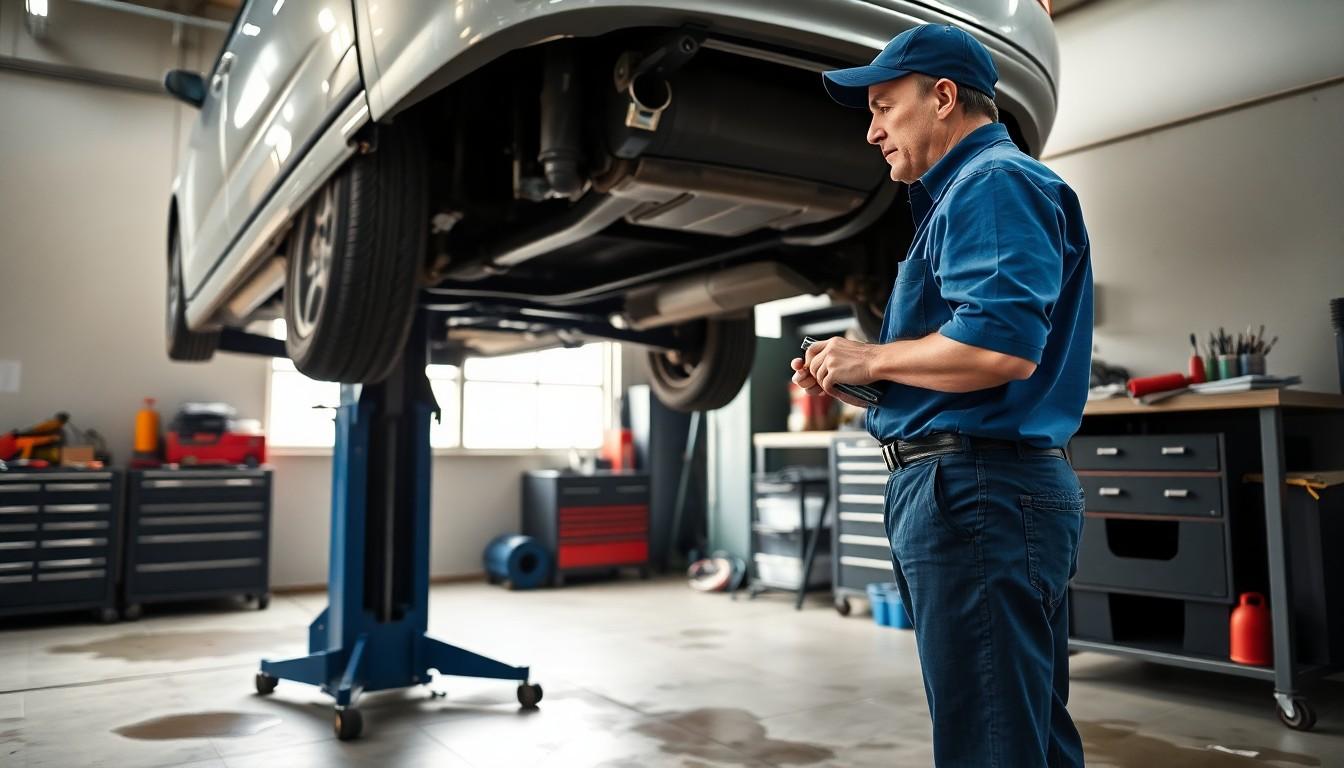Dealing with a rear main seal leak can quickly turn into a costly headache if left unaddressed. This critical component prevents oil from leaking out of your engine, and when it fails, you’ll notice those telltale oil spots on your driveway that signal trouble ahead.
We’ve researched extensively to bring you accurate cost estimates for rear main seal replacement. While prices typically range from $800 to $1,800, several factors influence where your repair falls on this spectrum. The make and model of your vehicle, labor rates in your area, and whether you choose OEM or aftermarket parts all play important roles in the final price tag.
Understanding the Rear Main Seal: What It Is and Why It Fails
The rear main seal plays a critical role in your engine’s functionality by preventing oil from leaking out where the crankshaft connects to the transmission. Located at the back of the engine between the engine block and flywheel, this horseshoe-shaped seal creates a tight barrier against oil seepage. Most modern vehicles use a one-piece seal made from synthetic rubber compounds designed to withstand extreme temperatures and constant motion.
Over time, several factors contribute to rear main seal failure. Age causes the rubber material to harden, crack, and lose elasticity, compromising its sealing ability. Engine vibration and the constant rotation of the crankshaft gradually wear down the seal’s surface. Excessive heat from engine operation accelerates deterioration, particularly in vehicles driven in hot climates or frequently used for towing. Poor maintenance practices, especially infrequent oil changes, allow contaminants to build up and damage the seal material.
Signs of impending failure include oil puddles directly beneath the transmission bell housing, low oil levels requiring frequent top-offs, and a burning oil smell during engine operation. Early detection of these symptoms allows for planned replacement before catastrophic failure occurs, potentially saving you from more extensive engine damage and higher repair costs.
Average Cost to Replace a Rear Main Seal
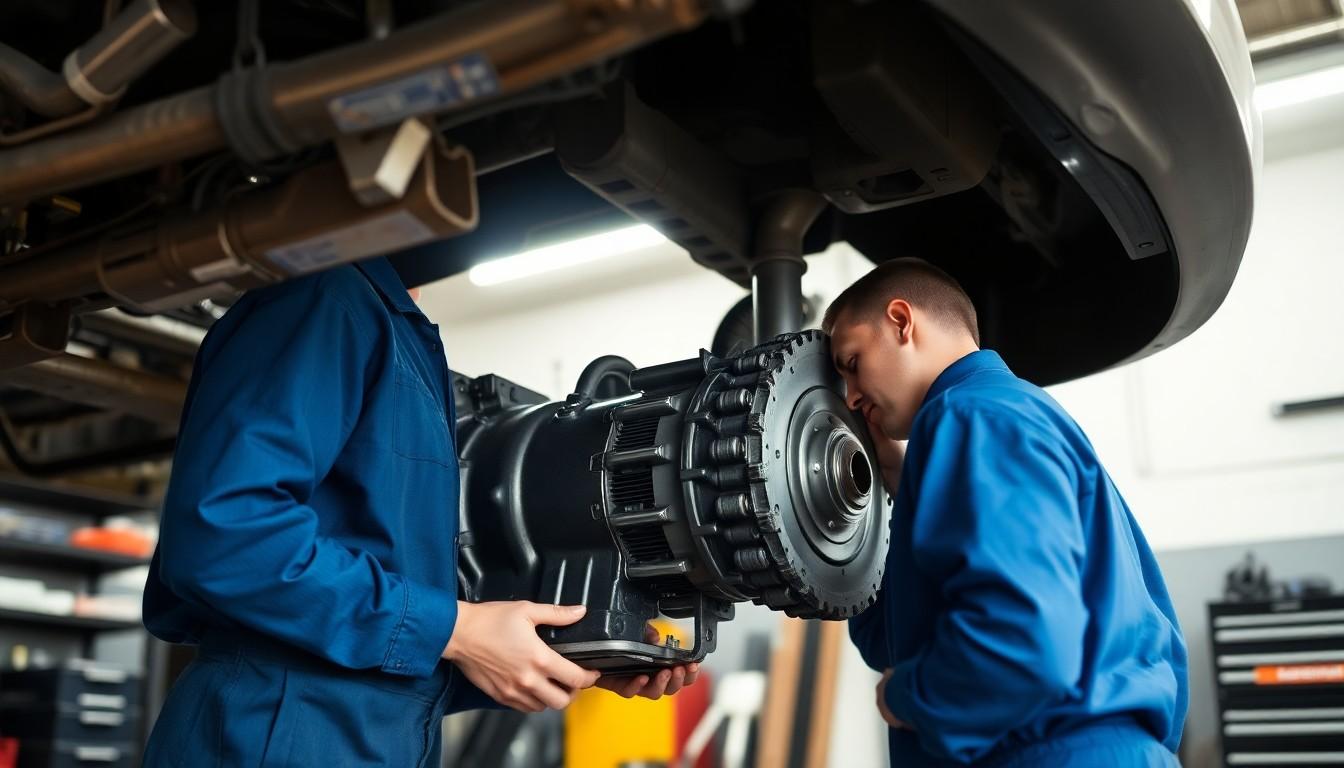
Replacing a rear main seal costs between $400 and $1,500 on average, with most vehicle owners paying around $500 to $650. The price varies significantly based on your vehicle’s make and model as well as local labor rates.
Parts Cost Breakdown
The rear main seal itself is surprisingly inexpensive compared to the overall repair cost. This small rubber component typically accounts for a minimal portion of your total bill. Most of your expense comes from the labor-intensive installation process rather than the actual part. When budgeting for this repair, remember that the seal’s cost is relatively minor in the grand scheme of the repair.
Labor Costs and Time Requirements
Labor expenses represent the bulk of what you’ll pay when replacing a rear main seal, typically ranging from $388 to $491 of the total cost. Mechanics must remove the transmission to access the seal, which significantly increases the time required for the job. This complex procedure explains why labor costs are so high—accessing the rear main seal requires substantial disassembly of major components. In some extreme cases, labor costs can push the total expense up to $3,200, though this is considered unusually steep. The time-consuming nature of removing and reinstalling the transmission makes this repair particularly expensive compared to other routine maintenance tasks.
Factors That Affect Rear Main Seal Replacement Cost
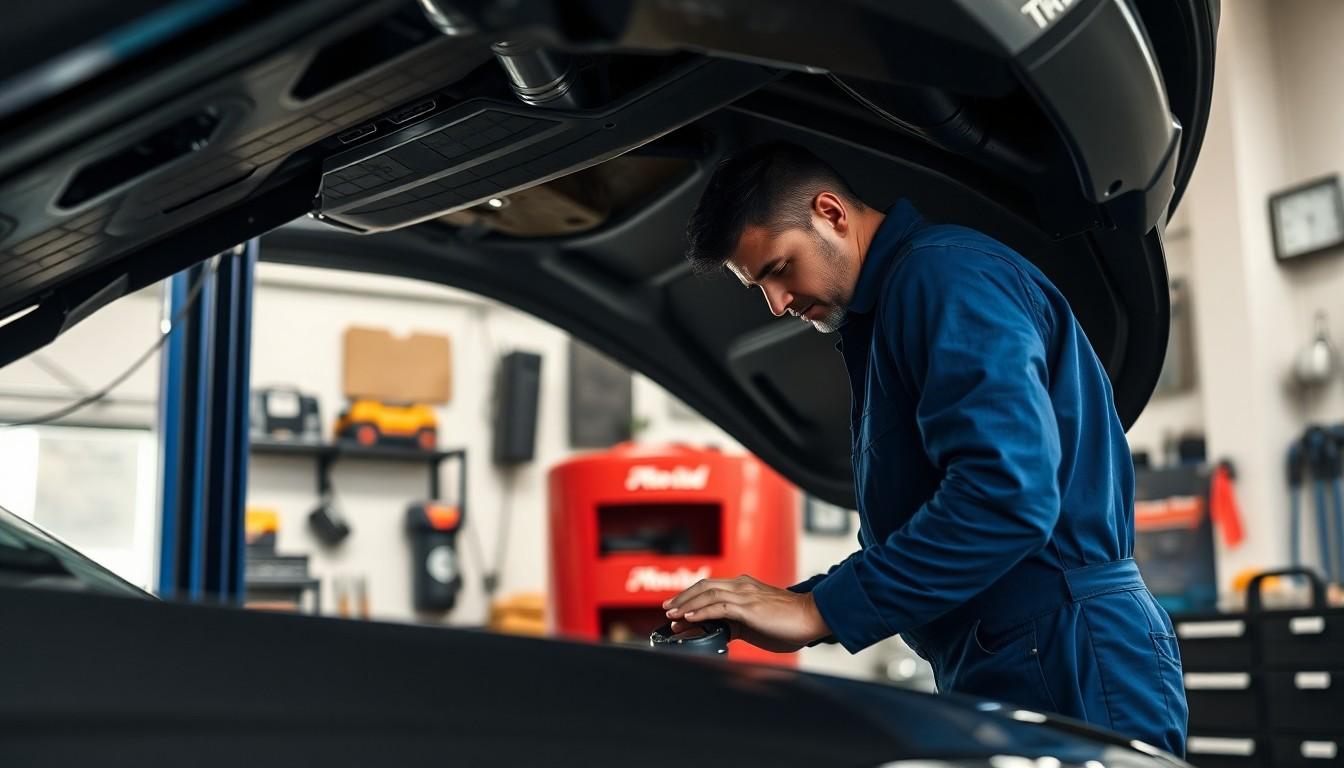
The cost of replacing a rear main seal varies widely depending on several key factors. Understanding these variables helps you anticipate potential expenses and make informed decisions about your vehicle repair.
Vehicle Make and Model Differences
Vehicle make and model significantly impact the total replacement cost of a rear main seal. Toyota Tacoma owners face particularly high costs, with some being quoted approximately $3,200 primarily due to extensive labor requirements. Jeep owners often see quotes around $1,780 from dealerships, which typically includes about 12 hours of labor. Chevy Tahoe repairs tend to be more affordable, usually ranging between $500 to $650, reflecting both the lower labor intensity and the relatively inexpensive parts needed for this model. These price disparities stem from differences in engine design and accessibility, with some vehicles requiring more disassembly to reach the rear main seal.
Geographic Location and Shop Rates
Geographic location and your choice of repair facility dramatically affect what you’ll pay for a rear main seal replacement. Urban areas generally command higher labor rates than rural locations due to increased operating costs and market demand. Dealerships consistently charge premium rates compared to independent repair shops – a pattern clearly illustrated by a Jeep owner who received a $1,780 quote from a dealer while another had the same repair completed at a local shop for approximately $650. Labor constitutes the majority of the repair expense, as technicians must perform complex procedures like removing the rear drive shaft, transfer case, and transmission to access the seal. Though the seal itself is relatively inexpensive, these labor-intensive requirements explain why total costs span from $500 at budget-friendly independent shops to over $3,200 at high-end dealerships in expensive markets.
DIY vs. Professional Replacement: Cost Comparison
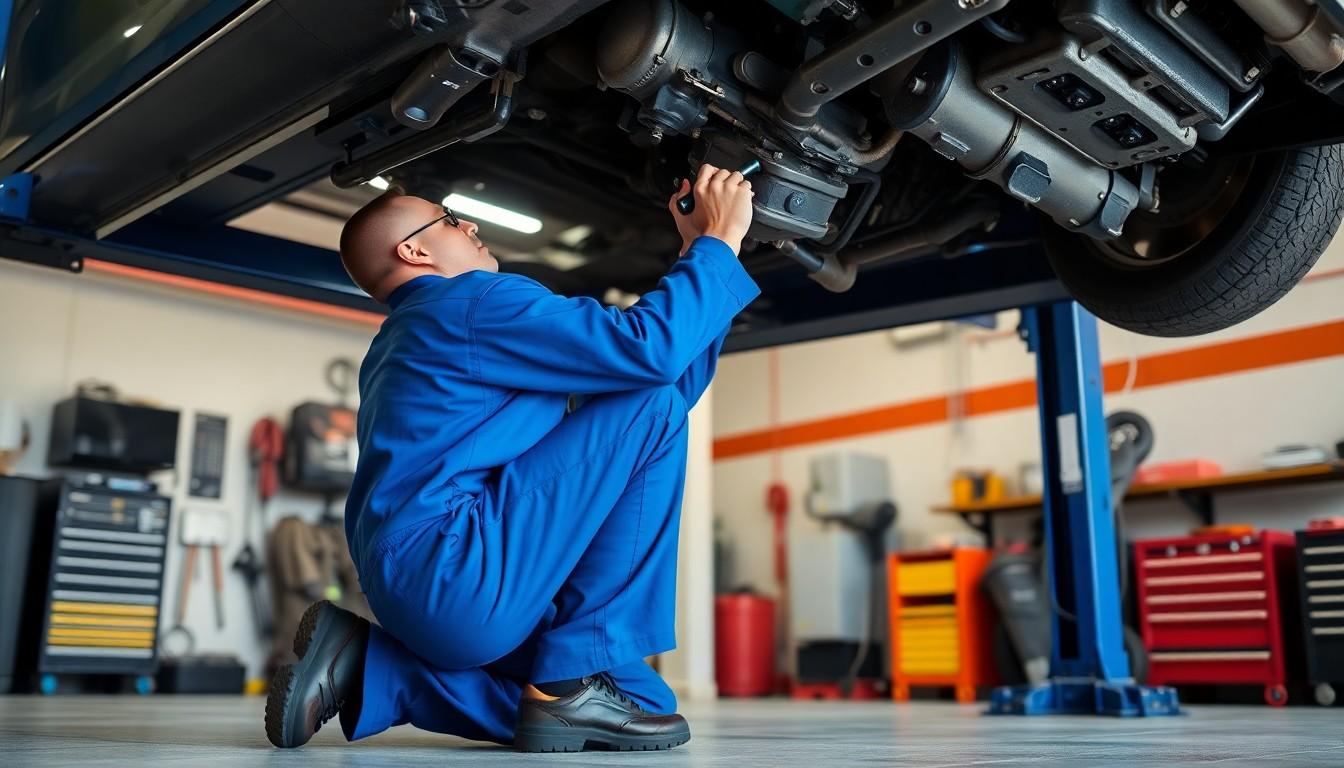
Replacing a rear main seal presents vehicle owners with a important decision between DIY repair and professional service. The cost difference can be substantial, but several factors beyond price deserve consideration before making this choice.
Tools and Skills Needed for DIY Replacement
DIY rear main seal replacement requires advanced mechanical skills and specialized equipment to access deeply positioned components. You’ll need a comprehensive socket set, torque wrench, and transmission jack to properly handle the components involved in the repair. Access to a vehicle lift or sturdy jack stands is essential since reaching the seal necessitates elevating the vehicle safely and securely. The process involves dropping multiple major components including the rear drive shaft, 4WD transfer case, and front drive shaft to reach the transmission and replace the seal. Most DIY enthusiasts find this repair challenging due to the technical expertise required and the risk of causing additional damage if performed incorrectly. While the seal itself typically costs less than $100, additional expenses for specialized tools can quickly accumulate if you don’t already own them.
When Professional Service Makes Financial Sense
Professional rear main seal replacement makes financial sense even though higher upfront costs in several common scenarios. Labor constitutes the primary expense, with mechanics charging between $500-$650 for standard vehicles like a Chevy Tahoe, up to $1,780 for a Jeep JKUR, or approximately $3,200 for a Toyota Tacoma. Professional service includes warranty protection on both parts and labor, providing valuable peace of mind against potential complications. Mechanics complete this job efficiently, typically in 8-12 hours depending on the vehicle model, compared to potentially days for an inexperienced DIYer. Attempting the repair yourself carries risk of causing additional damage that could result in even costlier repairs down the line. Professional service eliminates the need to purchase expensive specialized tools that may only be used once, making it more economical for those without existing automotive repair equipment.
Signs Your Rear Main Seal Needs Replacement
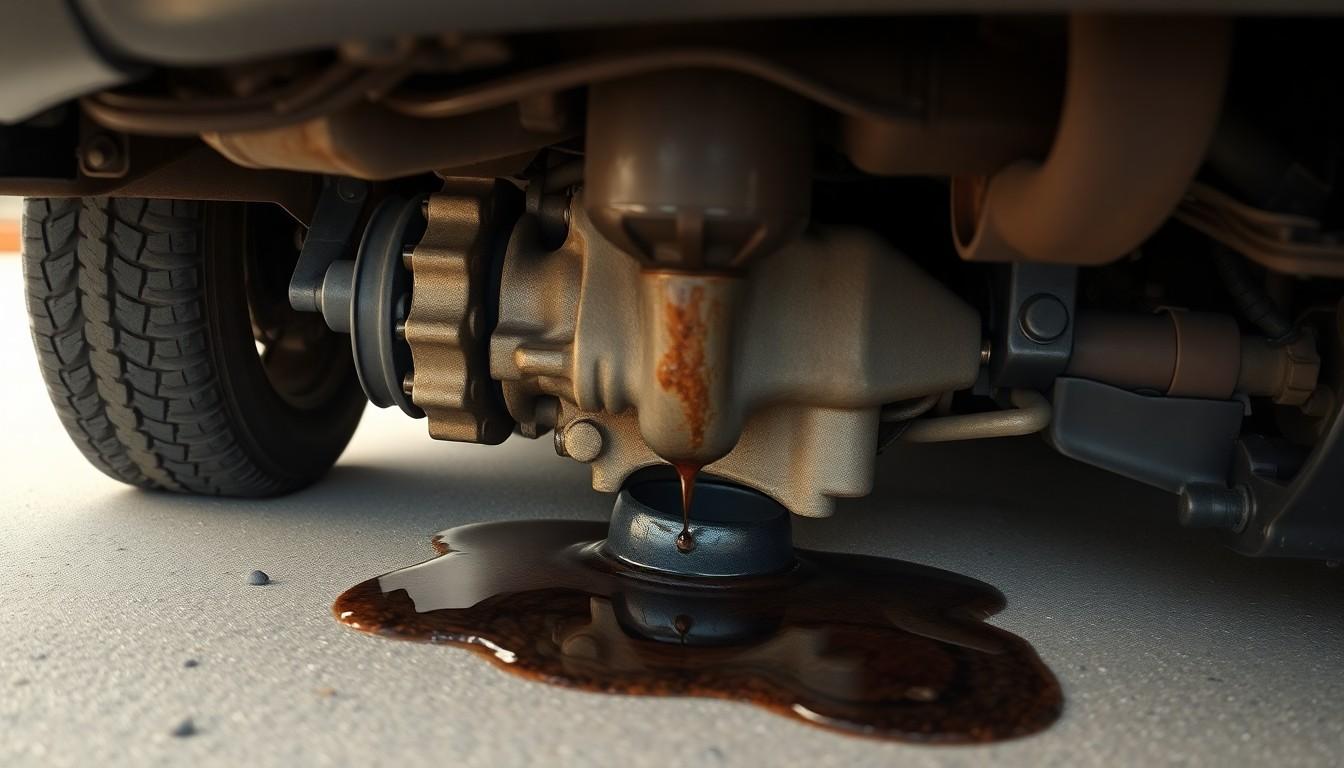
Recognizing the symptoms of a failing rear main seal early can save you from costly engine damage. Here are the key indicators that suggest your vehicle’s rear main seal requires immediate attention.
Oil Leak Symptoms to Watch For
Oil puddles forming under your vehicle, particularly beneath the transmission area, are the most obvious sign of a rear main seal leak. You’ll often notice dark spots or stains on your driveway, especially after your car has been parked overnight. The underbody of your vehicle may become saturated with oil as the leak progresses, leading to visible oil coating on transmission components and the exhaust system.
Frequent oil level drops requiring regular top-offs between scheduled oil changes strongly indicate a seal failure. Your dashboard oil light might illuminate more often than usual, warning of dropping oil pressure due to the ongoing leak. Some drivers also report detecting a burning oil smell, especially after driving, as leaked oil comes into contact with hot engine components.
These symptoms typically worsen over time – what starts as a small drip can quickly develop into a important leak that threatens your engine’s performance and longevity.
Consequences of Delaying Rear Main Seal Replacement
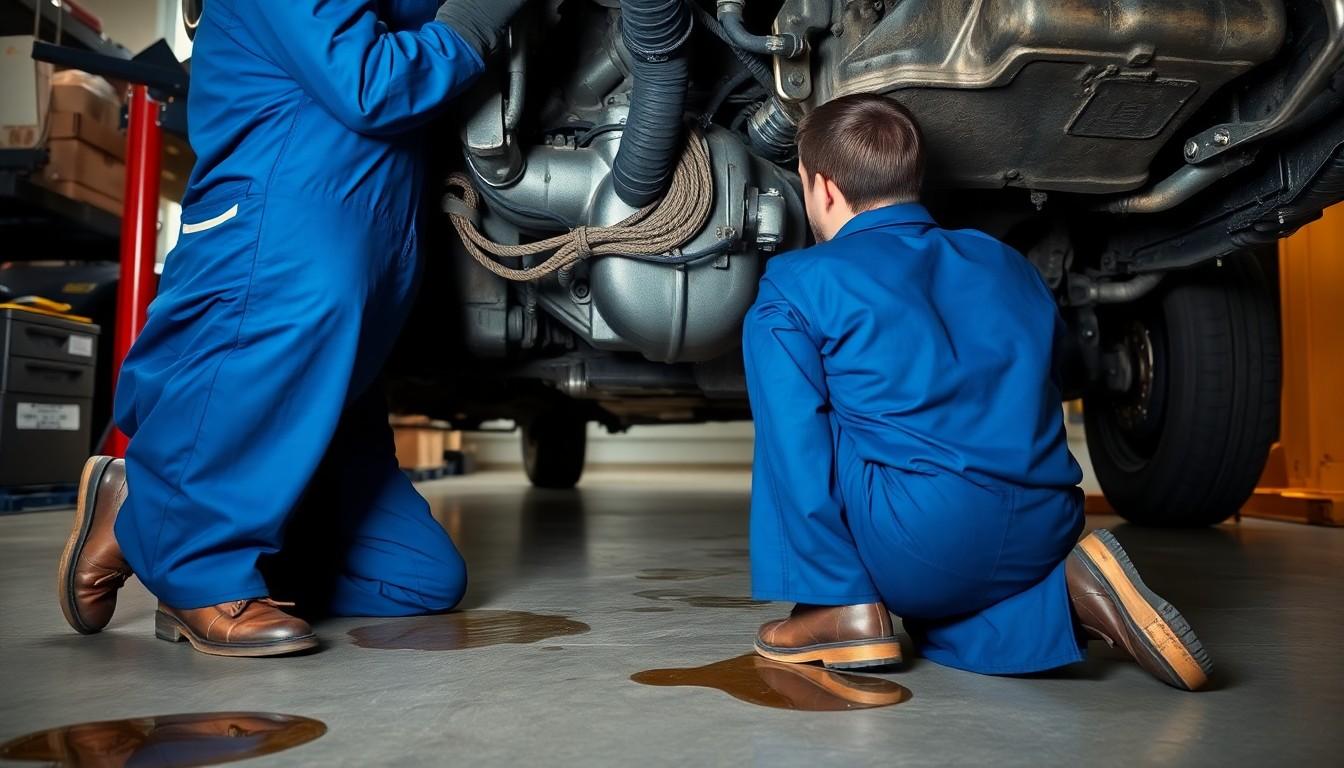
Ignoring a leaking rear main seal leads to several serious consequences that can impact both your vehicle’s performance and your wallet. Engine oil consumption increases significantly when the seal fails, forcing you to add oil more frequently and potentially causing engine damage if levels drop too low. The oil light on your dashboard will illuminate more often, serving as a warning sign that requires immediate attention.
Oil leaks from a damaged rear main seal saturate your vehicle’s underbody over time, creating perfect conditions for rust and corrosion to develop on vital components. Persistent leaking creates unsightly and hazardous oil puddles in your driveway or parking space, which can be dangerous for pedestrians and harmful to the environment.
Long-term engine damage becomes inevitable as a compromised rear main seal allows critical lubrication to escape, increasing friction and wear on engine components. Repair costs escalate dramatically when you postpone addressing the issue, with what might initially be a $650 repair at a local shop potentially ballooning to $3,200 if additional components become damaged. Some vehicle owners receive dealer quotes as high as $1,780 for 12 hours of labor alone, demonstrating how costs multiply when repairs are delayed.
Ways to Save Money on Rear Main Seal Replacement
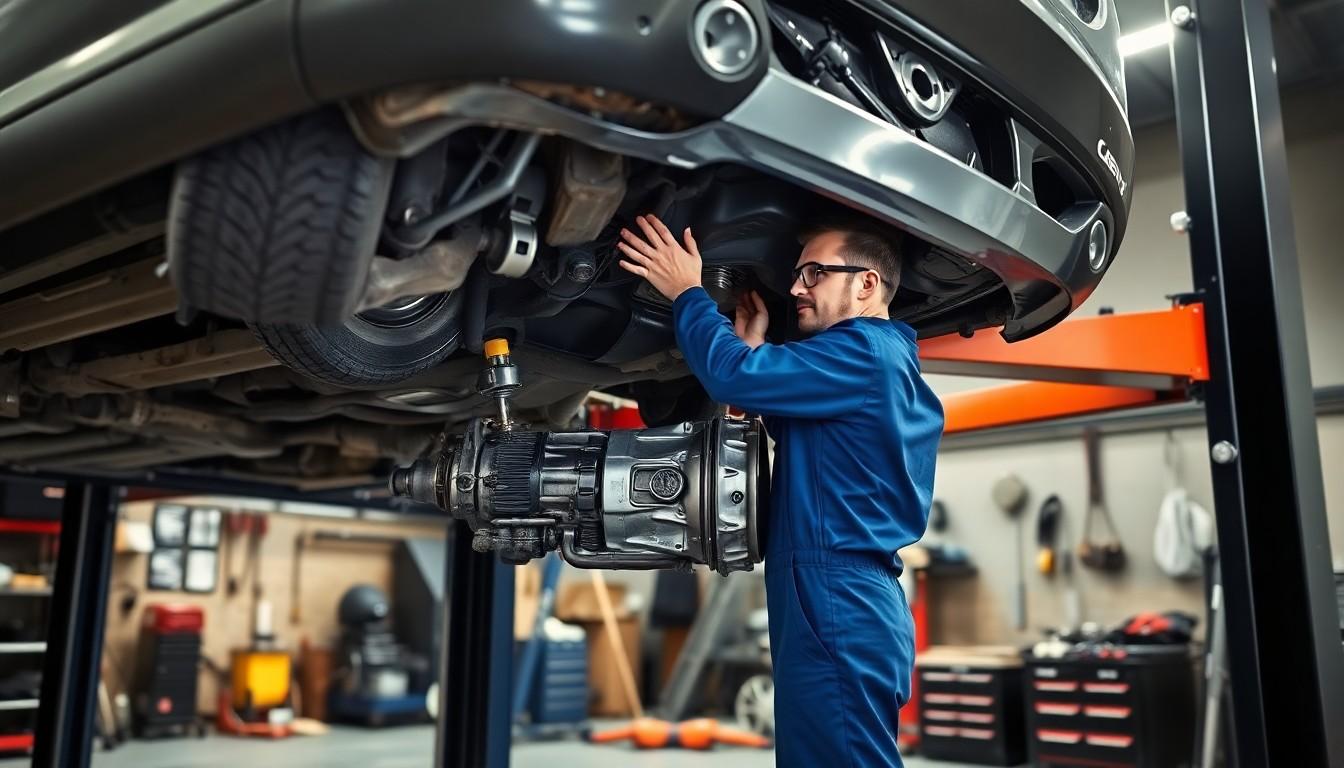
DIY Repair Option
DIY repairs significantly reduce the cost of rear main seal replacement for those with mechanical skills. The seal itself is relatively inexpensive compared to the labor charges that make up 90% of professional repair costs. Taking on this project yourself eliminates these substantial labor expenses altogether. You’ll need access to a vehicle lift, proper tools, and enough time to complete the job. This approach requires removing components like the rear drive shaft, transfer case, and transmission—a complex process that demands technical knowledge and patience.
Choose Independent Repair Shops
Local independent mechanics often charge much less than dealerships for rear main seal replacement. For example, a Jeep owner received a quote of $1,780 from a dealership (including 12 hours of labor), while a local shop offered to do the same job for only $650. This price difference of over $1,100 demonstrates the important savings available by shopping around. Independent shops typically maintain lower overhead costs and pass these savings to customers without compromising quality.
Preventive Measures
Regular oil changes and proper maintenance help extend the life of your rear main seal. Monitoring your vehicle for early signs of leakage allows you to plan the repair before catastrophic failure occurs. During replacement, check for additional issues like mud in the bell housing that might cause further damage. Addressing these problems simultaneously prevents having to pay for a second major repair later. Timing the rear main seal replacement with other necessary transmission work can also reduce overall labor costs since the transmission must be removed for both repairs.
Conclusion
Rear main seal replacement is a important repair that typically costs between $800 and $1,800 depending on your vehicle and location. While the seal itself is inexpensive the labor-intensive process drives up the price substantially.
Don’t ignore those telltale oil spots! Addressing a leak promptly can save you thousands in potential engine damage and prevent escalating repair costs that might reach $3,200 in severe cases.
We recommend comparing quotes from independent shops versus dealerships to save up to $1,100 on this repair. For the mechanically inclined DIY replacement is possible but requires specialized tools and advanced skills.
Remember that regular maintenance is your best defense against premature seal failure. By staying vigilant and responding quickly to warning signs you’ll protect both your vehicle and your wallet.
Frequently Asked Questions
What is a rear main seal and what does it do?
A rear main seal is a crucial engine component located at the back of the engine where the crankshaft connects to the transmission. It prevents oil from leaking out of the engine while allowing the crankshaft to rotate freely. Modern vehicles typically use one-piece seals made from synthetic rubber that can withstand extreme heat and pressure conditions.
How much does it cost to replace a rear main seal?
Rear main seal replacement typically costs between $800 and $1,800, with most vehicle owners paying around $500 to $650. The seal itself is relatively inexpensive ($25-$50), but labor makes up most of the cost ($388-$491) because the transmission must be removed to access the seal. In extreme cases, costs can reach up to $3,200.
What are the signs of a failing rear main seal?
Common signs include oil puddles forming under the vehicle (especially near the transmission), frequent drops in oil levels requiring regular top-offs, illumination of the dashboard oil light, and a burning oil smell after driving. What starts as a small drip can escalate to a significant leak that threatens engine performance and longevity.
Can I drive with a leaking rear main seal?
While you can drive short distances with a leaking rear main seal, it’s not recommended long-term. Ignoring the leak leads to increased oil consumption, potential engine damage from low oil levels, underbody corrosion, and hazardous oil puddles. Repair costs can escalate dramatically from an initial $650 to $3,200 if additional damage occurs.
What causes a rear main seal to fail?
Rear main seals typically fail due to age, engine vibration, excessive heat, and poor maintenance practices. Normal wear and tear over time causes the seal material to harden and crack. Irregular oil changes can accelerate deterioration, as can extreme operating conditions. Most seals last 80,000-100,000 miles before showing signs of failure.
Can I replace a rear main seal myself?
DIY replacement is possible but requires advanced mechanical skills and specialized tools. You’ll need to remove the transmission, which is labor-intensive and technically challenging. While the seal itself is inexpensive, necessary tools can be costly. Professional replacement offers warranty protection, efficiency, and avoids potential additional damage from inexperienced repairs.
How long does a rear main seal replacement take?
Professional mechanics typically need 8-12 hours to complete a rear main seal replacement. The extensive labor time is due to the need to remove the transmission to access the seal. This complex process requires disconnecting multiple components and carefully reassembling everything afterward. Labor time can vary based on vehicle make and model.
How can I save money on rear main seal replacement?
Save money by choosing independent repair shops over dealerships (potential savings of $1,100+), DIY repair if you have mechanical skills, addressing the issue early before it causes additional damage, combining the repair with other necessary transmission work to reduce labor costs, and practicing preventive maintenance through regular oil changes to extend seal life.

